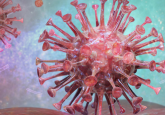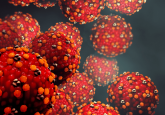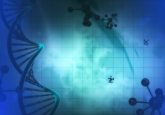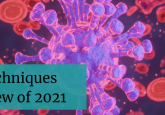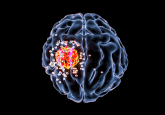Gotta catch ‘em all: DNA nets detect and capture SARS-CoV-2
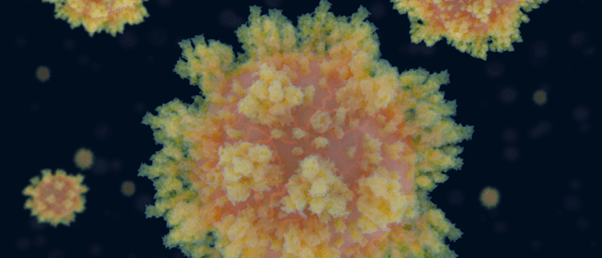
An innovative COVID-19 diagnostic test has a similar sensitivity to PCR tests but without the wait time.
Researchers at the University of Illinois Urbana-Champaign (IL, USA) have created a low-cost COVID-19 diagnostic test with antiviral properties using tiny nets woven from DNA strands. This innovation could dramatically improve the practicality of COVID-19 testing and also provides a potential starting point for therapeutic applications.
DNA strands can be folded to make custom nanoscale structures that are designed to carry out a specific function or to bind to other structures in a similar manner to proteins. In this study, the researchers made DNA nets that bind to the coronavirus spike protein. Using human cell cultures, they demonstrated that the nets detect very low levels of coronavirus and have comparable sensitivity to PCR tests.
 The diagnostic potential of AI: from COVID-19 to COPD
The diagnostic potential of AI: from COVID-19 to COPD
A recent study reveals the potential of AI models in diagnosing COVID-19 infection, utilizing a simple mobile application.
This diagnostic test can be performed at room temperature without any special preparation. All that’s needed is for the sample to be mixed with the solution containing the DNA nets. The nets have been designed with a nanoswitch, so after binding to the spike protein a fluorescent signal is emitted, which can be detected using an inexpensive handheld fluorimeter in approximately 10 minutes. It’s estimated that this method would cost $1.26 per test.
“Another advantage of this measure is that we can detect the entire virus, which is still infectious, and distinguish it from fragments that may not be infectious anymore,” said Xiang Wang, the study’s lead author. This means it could lead to improvements in community-level modeling and tracking of active outbreaks through wastewater, for example.
The DNA nets also inhibited the spread of the virus in live cell cultures, suggesting that the DNA structures could be used as therapeutic agents. The antiviral activity was found to increase with the size of the DNA net scaffold.
“I had the idea at the very beginning of the pandemic to build a platform for testing, but also for inhibition at the same time,” commented Wang. “Lots of other groups working on inhibitors are trying to wrap up the entire virus, or the parts of the virus that provide access to antibodies. This is not good, because you want the body to form antibodies. With the hollow DNA net structures, antibodies can still access the virus.”
The DNA nets can be adapted to target other viruses, like HIV or influenza, and have the potential to be multiplexed so multiple viruses can be detected with one test.
